Grumman F-9 (F9F-6> series) Cougar
The Grumman F9F-6/7/8 Cougar, later redesignated as the F-9 Cougar, represents a pivotal evolution in American naval aviation during the early years of the Cold War. Born from the straight-winged Grumman F9F Panther, the Cougar was conceived to address the Panther's limitations in transonic performance. While retaining much of the Panther's proven design, the Cougar distinguished itself with swept wings and tail surfaces, significantly enhancing its speed, maneuverability, and overall combat effectiveness.
The most significant difference between the Panther and the Cougar was the introduction of swept wings, angled at 35 degrees. This single change dramatically improved the aircraft's critical Mach number, allowing it to approach and even surpass the speed of sound in a dive. The swept wings allowed for sustained higher-speed turns and improved stability at high altitudes. Retaining the basic fuselage design from the Panther streamlined the development process and capitalized on existing tooling and manufacturing infrastructure.
The initial variant, the F9F-6, was powered by a single Pratt & Whitney J48-P-8 turbojet engine, a licensed version of the Rolls-Royce Tay, producing around 7,250 lbs of thrust. This provided a substantial improvement over the Panther's powerplant. The aircraft was equipped with four 20mm cannons in the nose, a standard armament for early Cold War fighters. Later modifications included provisions for carrying air-to-air missiles like the AIM-9 Sidewinder, further augmenting its combat capabilities.
The F9F-7 was a relatively short-lived variant intended to utilize the Allison J33 engine. However, the J33 proved to be less reliable and offered less thrust compared to the J48, leading to its limited production and eventual conversion or replacement with the J48.
The culmination of the Cougar's development was the F9F-8. This variant featured an extended fuselage, providing increased internal fuel capacity and improved aerodynamics. The wings were also modified, increasing their chord and adding leading-edge slats for enhanced low-speed handling and stability during carrier landings. The F9F-8 was also equipped with an aerial refueling probe, significantly extending its range and loiter time. Some F9F-8s were later modified into reconnaissance variants designated as F9F-8P, equipped with cameras in a lengthened nose.
The F-9 Cougar entered service with the U.S. Navy in 1952 and quickly proved its mettle. While it didn't see widespread combat during the Korean War, it played a crucial role in fleet air defense and transitioned naval aviators to the era of swept-wing jet fighters. The Cougar served extensively throughout the 1950s and early 1960s, forming the backbone of many carrier air wings and Marine fighter squadrons.
The aircraft was deployed to various hotspots around the world during the Cold War, including the Mediterranean and the Pacific. Its versatility allowed it to perform a wide range of missions, including air-to-air combat, ground attack, and reconnaissance. The Cougar was gradually replaced by more advanced fighters like the F-8 Crusader and the F-4 Phantom II, but it continued to serve in reserve units and training roles until the mid-1970s. A dedicated two-seat trainer version, the F9F-8T, remained in service even longer, providing experienced pilots for later generation fighters.
The F-9 Cougar holds a significant place in aviation history. It bridged the gap between the first-generation straight-winged jet fighters and the more sophisticated swept-wing designs that followed. Its reliability, versatility, and improved performance made it a valuable asset to the U.S. Navy and Marine Corps during a critical period in the Cold War. It also laid the groundwork for future Grumman naval fighters, solidifying the company's reputation for producing durable and capable aircraft capable of operating in the demanding carrier environment. The Cougar's swept-wing design significantly improved performance and provided valuable operational experience that contributed to the development of later, more advanced fighters. Many surviving Cougars are now on display in museums and air parks around the world, serving as a reminder of this crucial era in aviation history.
Possible Nicknames:
"Sweeper": Obvious reference to the swept wing design and a more formal-sounding, official-type nickname.
"Coug": A common, shortened version of the official name. Simple and easy to use.
"Catfoot": Play on the company's "Cat" series of aircraft.
"Whisper": If the engine was quieter than some of its contemporaries, this might have emerged.
"Sweet Sue": If pilots actually liked flying it as opposed to some other contemporaries.
"Grumpy": if the pilots did not like it.
"Winged Panther": A descriptor to highlight that it was a modified Panther.
"Late Bloomer": Joking about the aircraft's late arrival to the Korean War.
"Cold Cat": Reference to the Korean War's Cold climate.
"Grind 'Em": A reference to the grinding sound of the gears and machinery within the aircraft. It is more of a slang name than an official nickname.
"The Kitty": A simple and endearing nickname referencing the "Cougar" name, suggesting a friendlier, less menacing image.
"Grumman's Gamble": A forum might have speculated about this nickname, referencing the risk Grumman took in adapting the Panther design with swept wings.
- About the variant
F-9J (F9F-8)
Longer center fuselage, strengthened canopy, redesigned wing, increased fuel capacity, and the ability to carry AIM-9 Sidewinder missiles; redesignated F-9J in 1962, 601 built.
C O N T R O L S
Trim : Flaps, cruising 'rotate' adjuster
VTOL : Further flaps
AG.8 : Fold the wing
Specifications
Spotlights
- nwa 7 months ago
General Characteristics
- Created On Android
- Wingspan 32.5ft (9.9m)
- Length 40.2ft (12.3m)
- Height 14.1ft (4.3m)
- Empty Weight 6,634lbs (3,009kg)
- Loaded Weight 9,102lbs (4,128kg)
Performance
- Power/Weight Ratio 0.796
- Wing Loading 24.6lbs/ft2 (119.9kg/m2)
- Wing Area 370.7ft2 (34.4m2)
- Drag Points 1858
Parts
- Number of Parts 60
- Control Surfaces 5
- Performance Cost 438

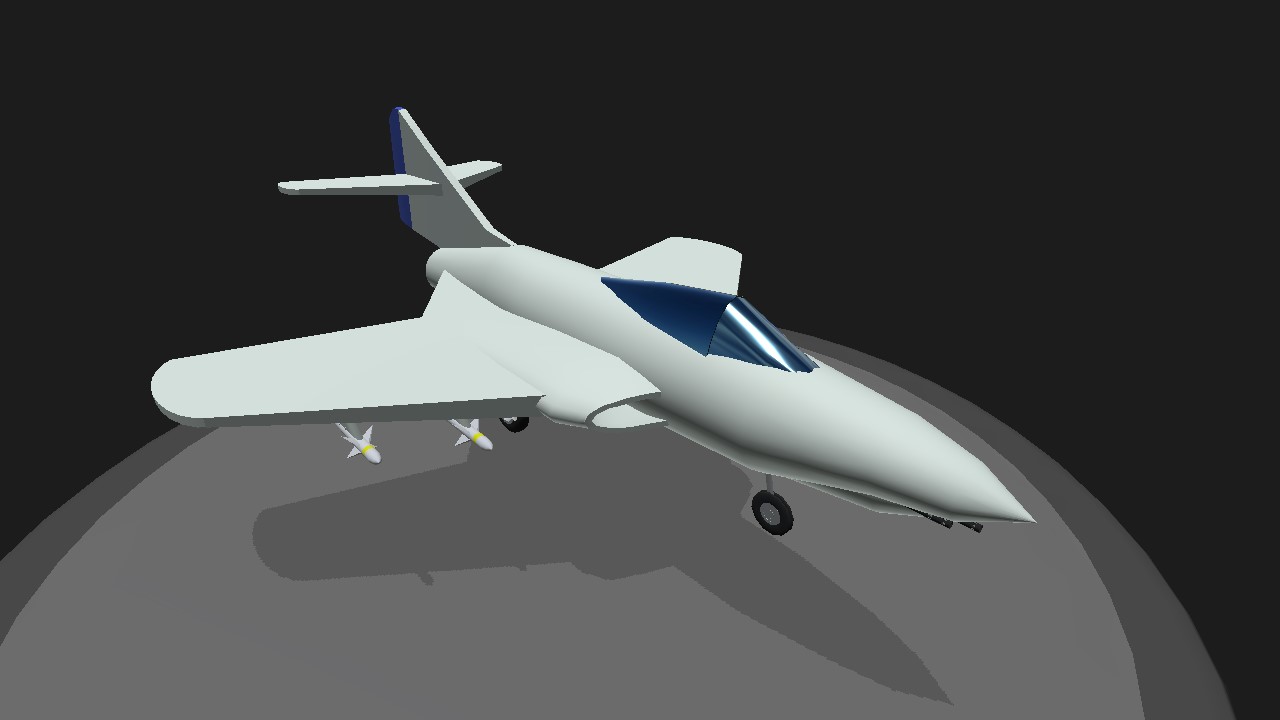
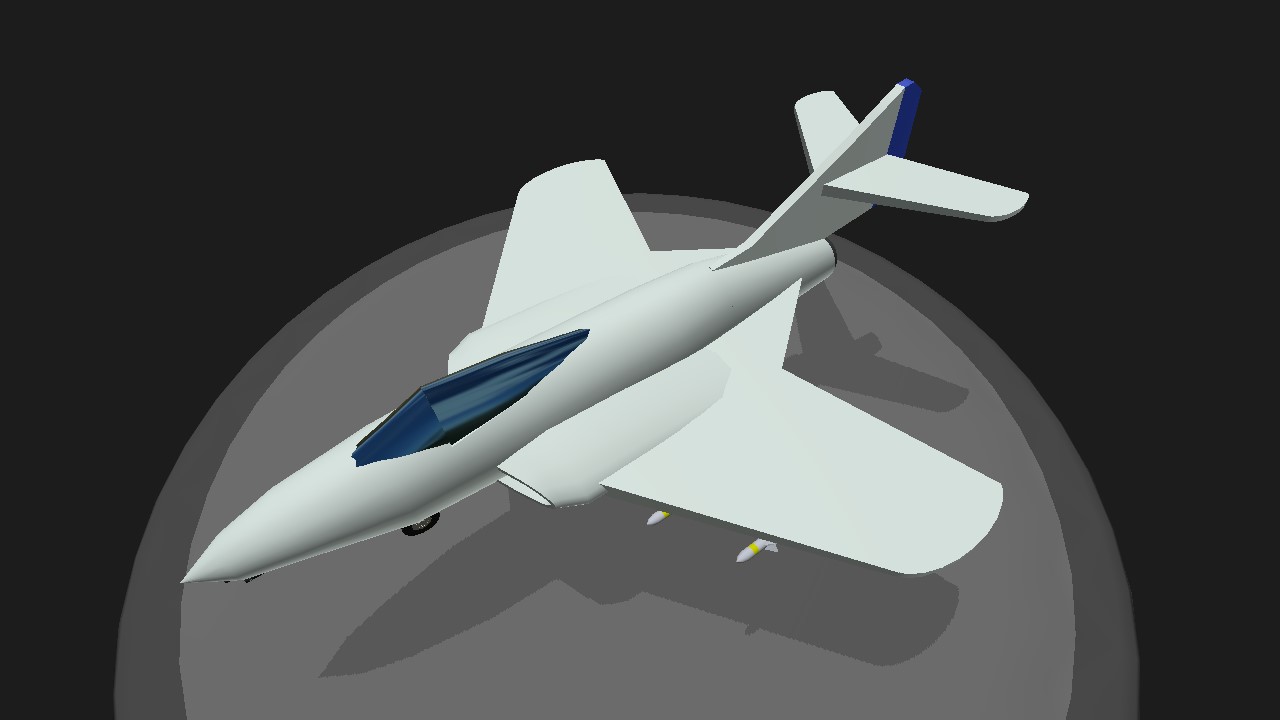
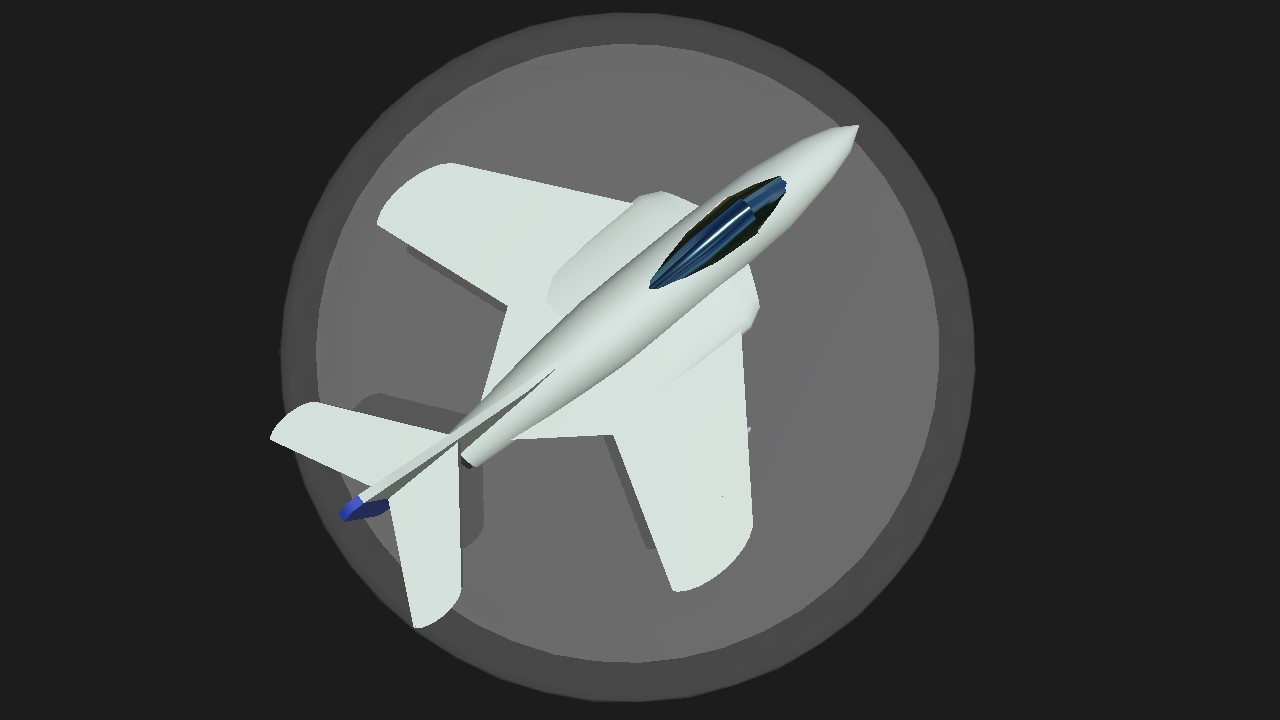
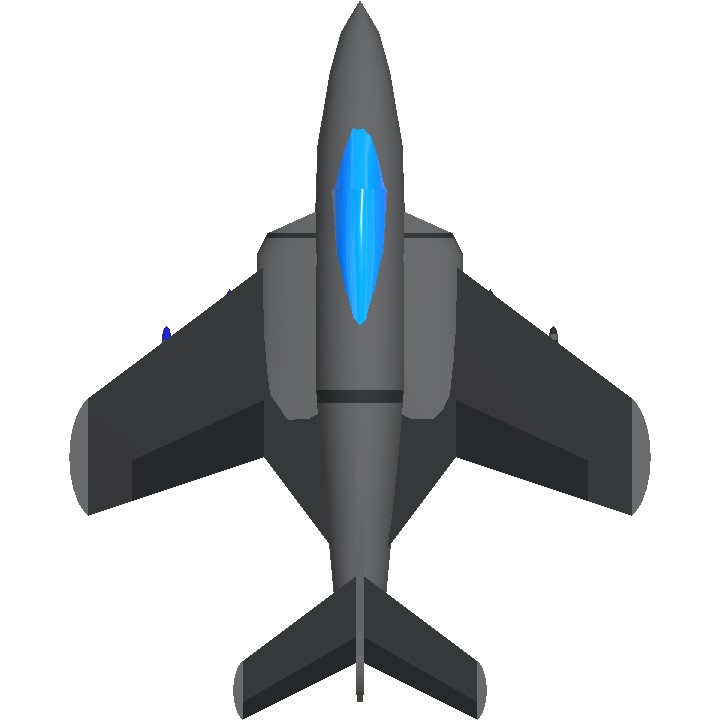
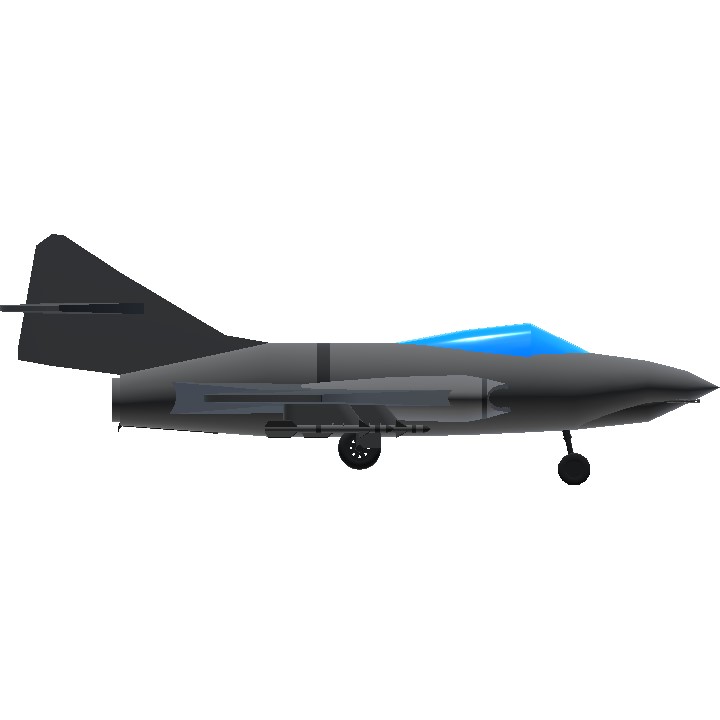
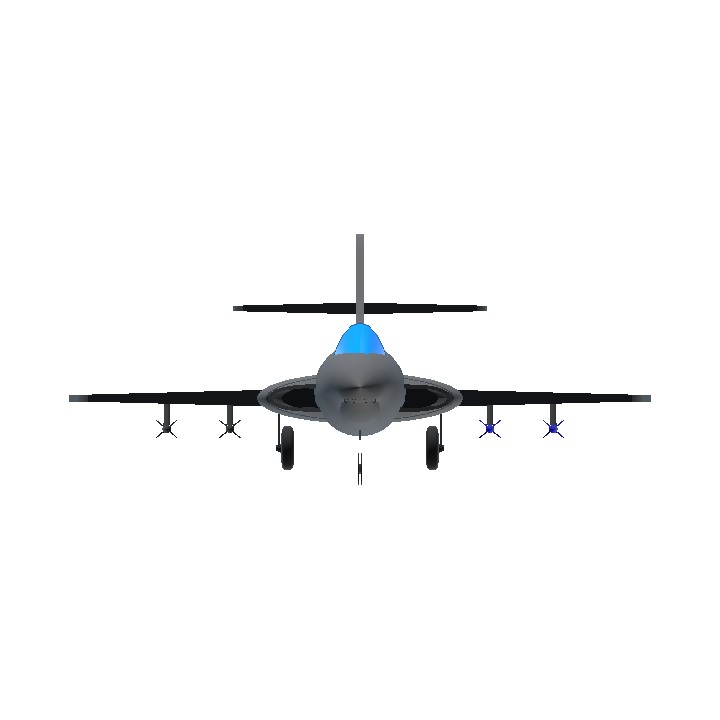
Yay my favorite F9J cougar 🔥